If you’re concerned about rising bill prices, we’ve come up with a unique method that could help you save hundreds of dollars. Here are the details.
The Hidden Cost of Convenience
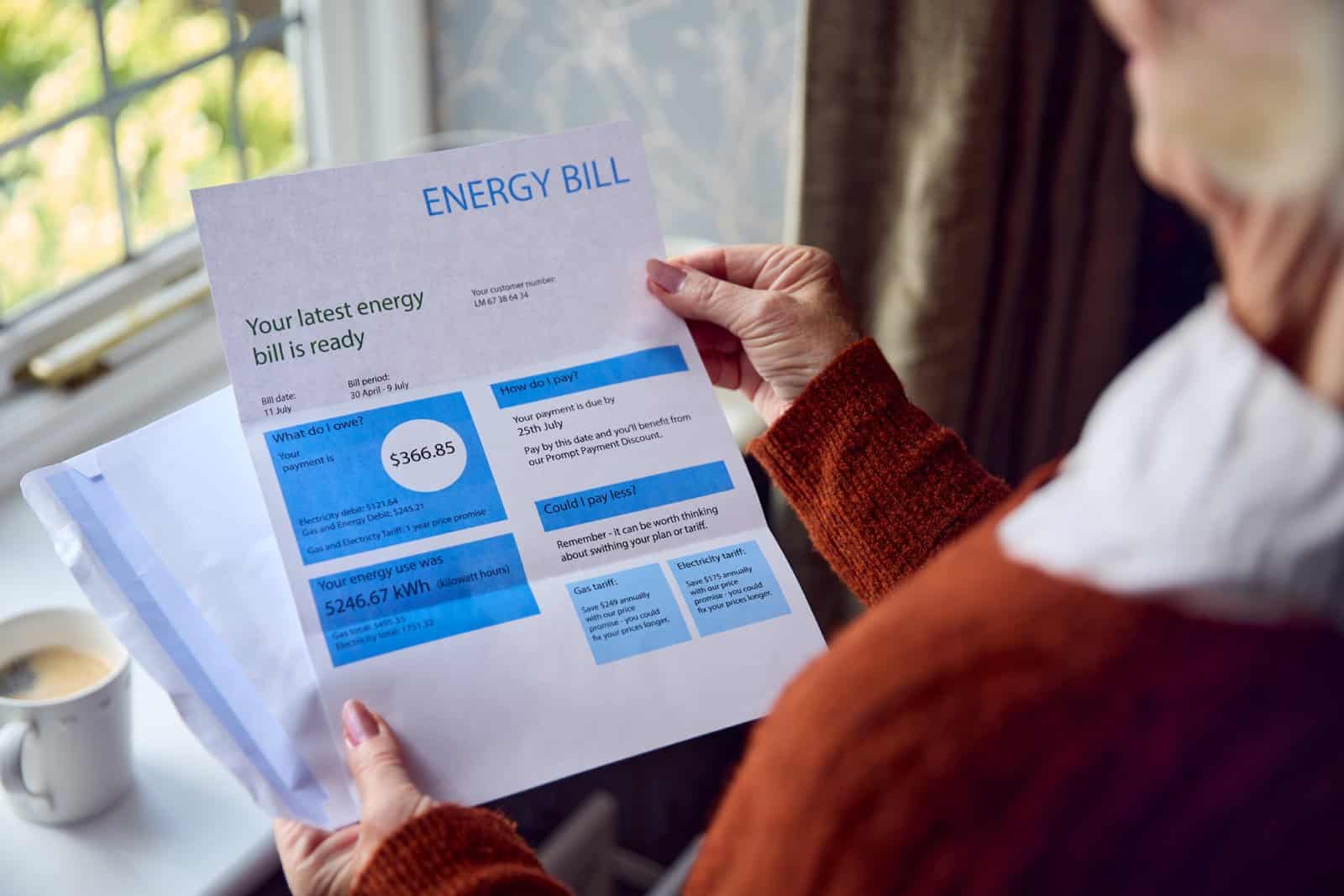
Are you unknowingly letting your appliances drive up your electric bill? You might be surprised to learn that many of your household devices are costing you money just by being plugged in – even when they’re not in use.
Common Culprits of Energy Waste

Even when switched off, many household devices silently sip electricity. From your entertainment center to your kitchen appliances and personal care items, these “energy vampires” steadily increase your power bill.
Unveiling the Energy Vampires

The culprits? Everything from televisions and gaming consoles to smart speakers and even your electric razor are all quietly drawing power in standby mode.
The Surprising Savings of Unplugging
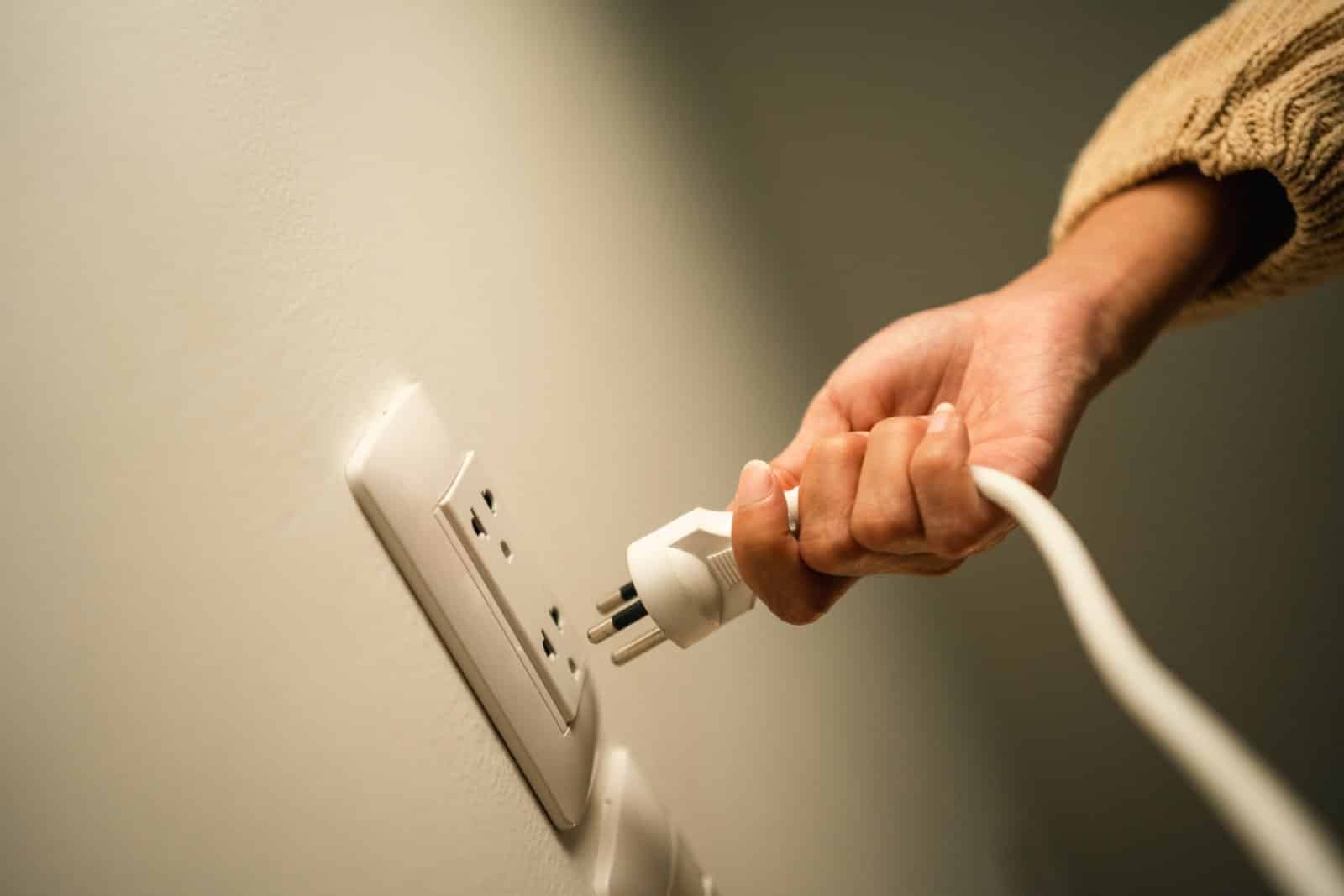
By disconnecting idle devices, the typical home can reduce its annual energy costs by as much as $100 – according to Department of Energy estimates. That’s a great saving for simply pulling the plug. But is the effort worth it?
Understanding Standby Power

It might seem like a small thing, but standby power can add up. Energy.gov explains that household appliances still use energy when they are turned off but remain plugged into an outlet.
The Silent Power Drain
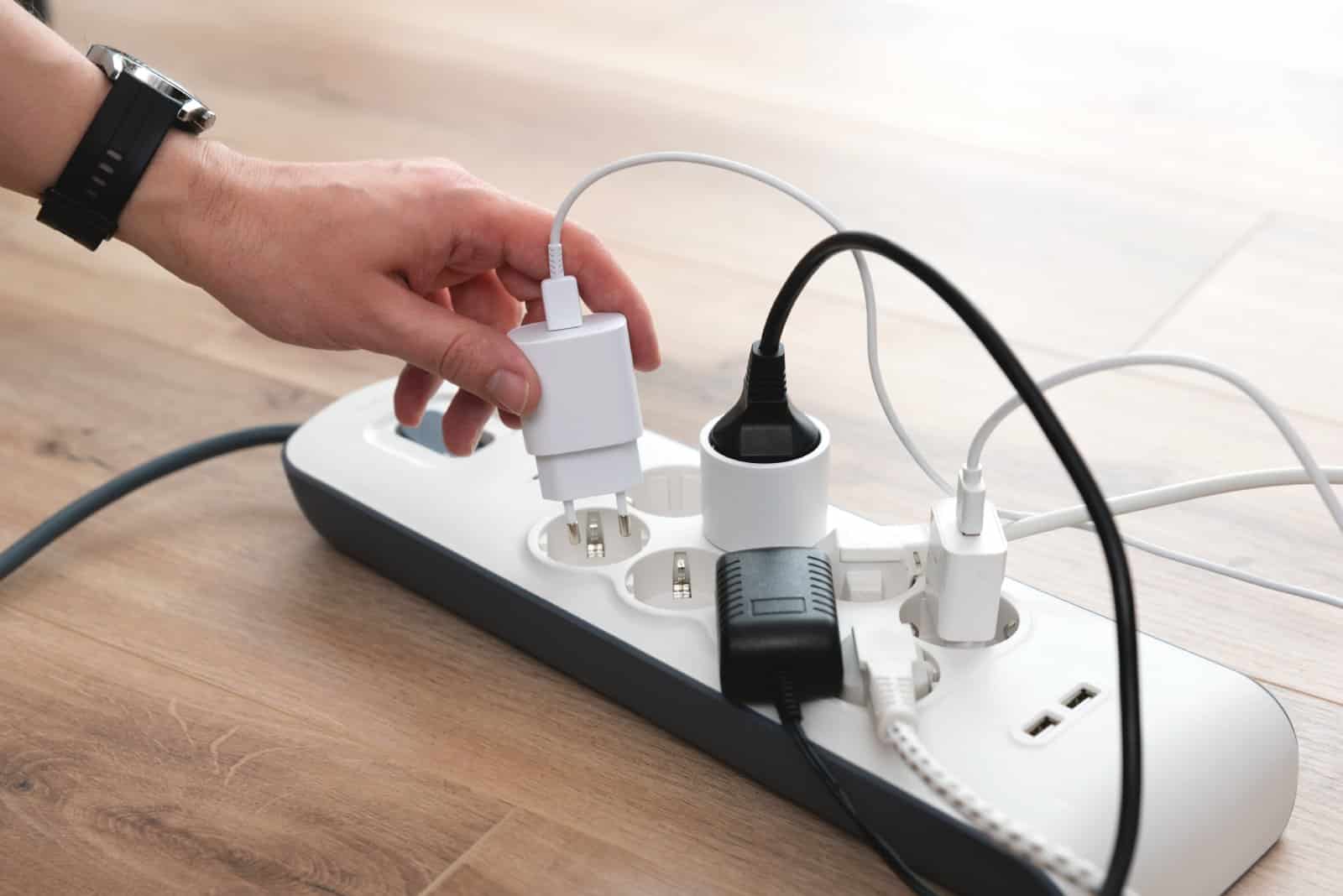
Some of the worst offenders include:
– Appliances with persistent lights or displays, even in “off” mode
– Sleeping desktop computers
– Idle chargers not connected to devices
– Media players that scan for updates in the background
– Cordless phones and other devices with always-on displays
– Modern smart appliances featuring internet connectivity and digital controls (like smart fridges or dryers)
The Bigger Picture

The extent of standby power consumption often surprises people, especially when they find out that it accounts for around 5% to 10% of home energy usage.
Big Bucks Over The Years

A study conducted by Colorado State University revealed that a combo radio/CD player/tape player continuously drew 4 watts of power. Unplugging it when not in use could save a lot of energy and a lot of money over its lifetime.
National Energy Waste

Research by the Natural Resources Defense Council (NRDC) shows that cutting back on always-on device power could mean big savings. They found it could save consumers $8 billion yearly and reduce electricity use by 64 billion kilowatt-hours annually.
Environmental Impact of Standby Power

This would also cut carbon dioxide pollution by 44 million metric tons. The NRDC found that always-on devices cost the average household up to $165 per year.
Easy Targets

But where to begin? Focus on unplugging devices you rarely use or that sit idle most of the time. Good candidates include:
-Kitchen appliances like toasters or blenders
-Exercise equipment with digital displays
-Spare room electronics like alarm clocks or lamps
-Phone chargers left in outlets without phones attached
-Gaming consoles, when not in active use
These items are easy to unplug and can help reduce your standby power consumption.
Making Unplugging Manageable
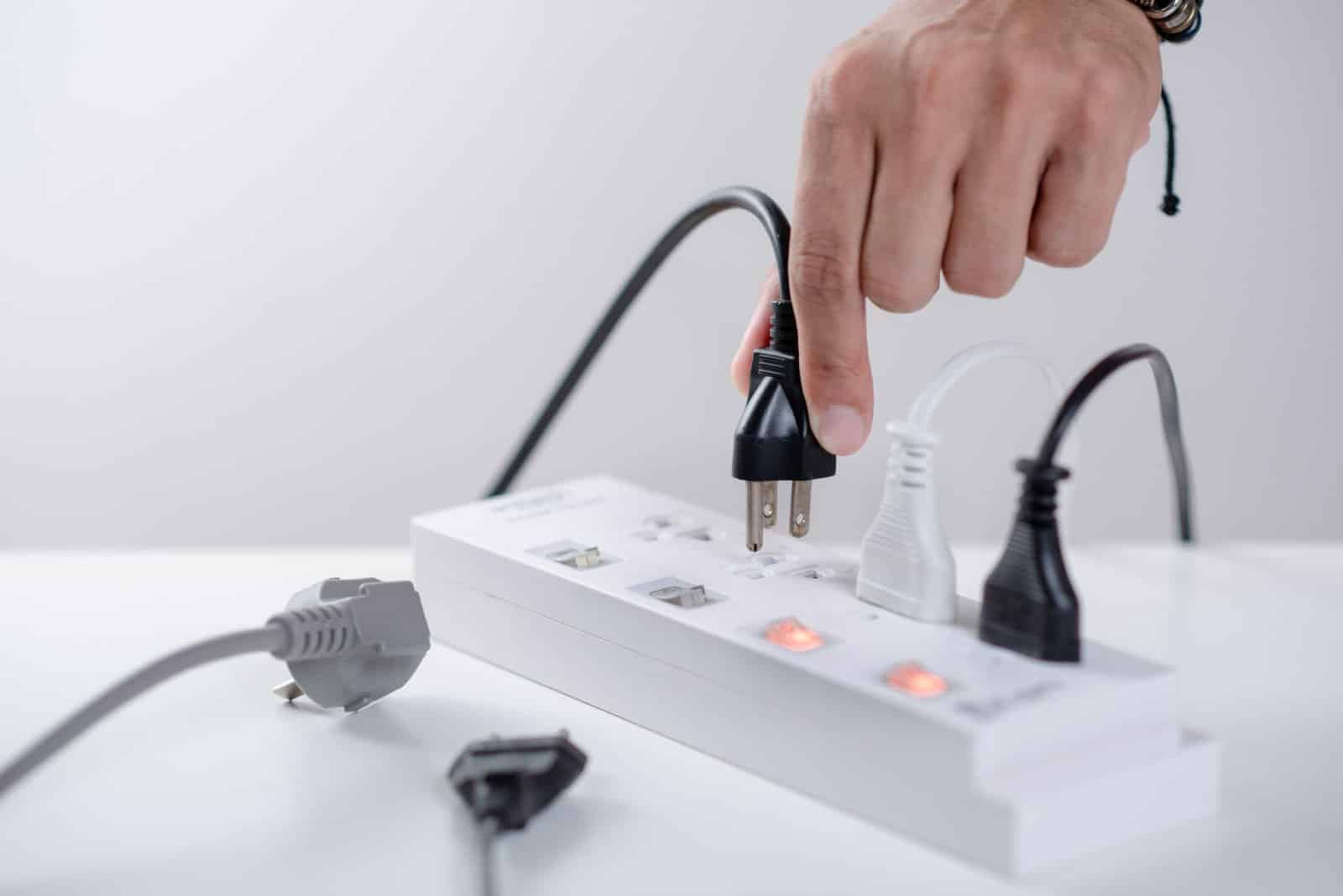
Constantly unplugging and plugging in devices can be a hassle, especially with awkwardly placed outlets. To make things easier, use power strips or surge protectors. These allow you to cut power to several devices at once with a single switch.
Smart Solutions for Energy Management

You can even try out timers or smart plugs to make it that much simpler. These gadgets can automatically control when power flows to your devices.
Choosing Energy-Efficient Appliances

Buying Energy Star-rated products is another good step. These items are made to use less standby power than regular products, which means they waste less energy when not in use – helping you save on bills.
Additional Savings Strategies

As energy bills rise, it’s important we find ways to reduce costs. Other than unplugging appliances, there are several other strategies that can help to lower your electricity bill.
Water Conservation Tips
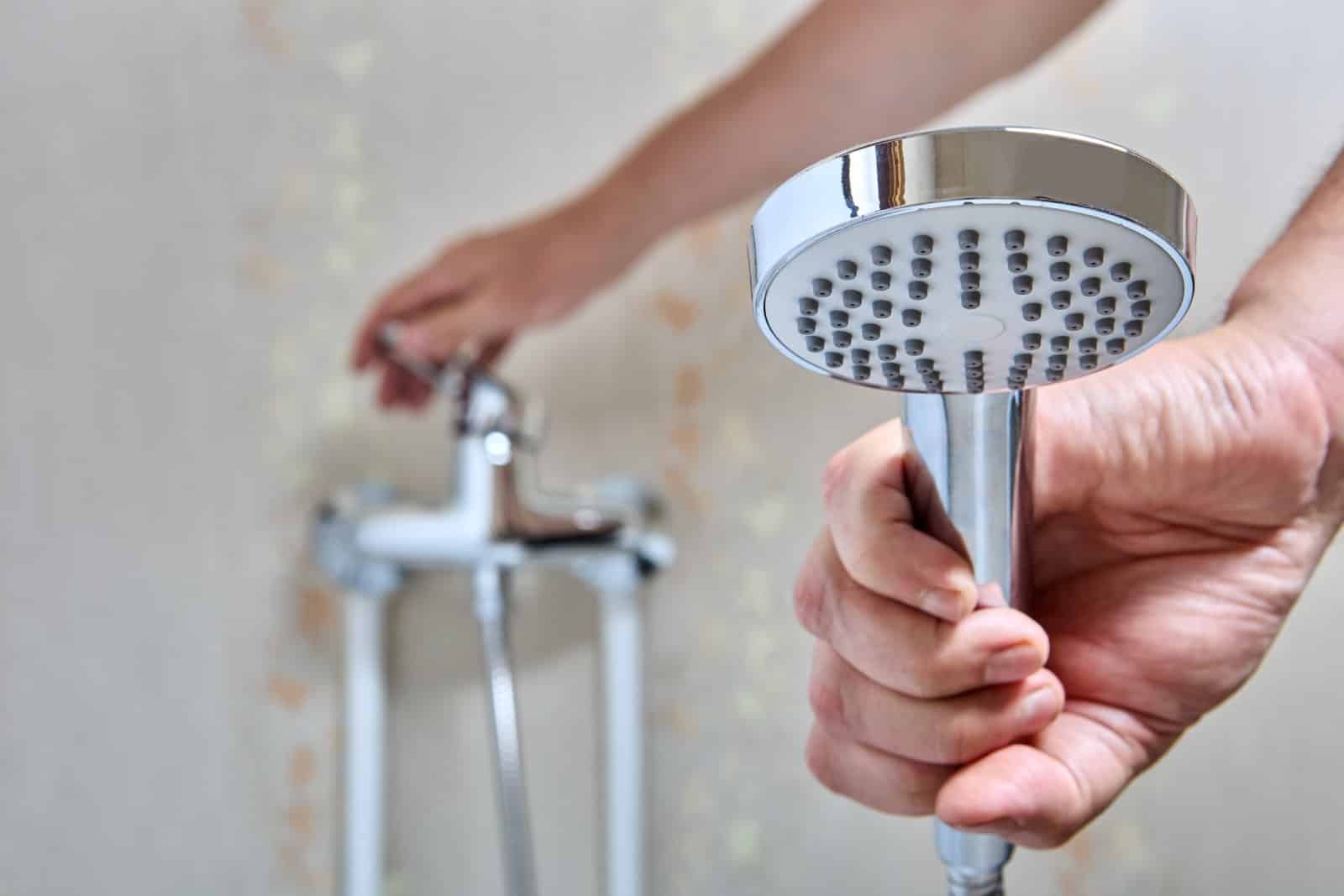
Lower your water bill: Simple changes like fixing leaks, using water-saving showerheads, and running dishwashers and washing machines only with full loads can save huge amounts of water and money.
Home Temperature Advice

Optimize thermostat settings: Adjusting your thermostat to energy-saving temperatures when you’re asleep or away from home can lead to big savings.
Energy-Smart Laundry Practices
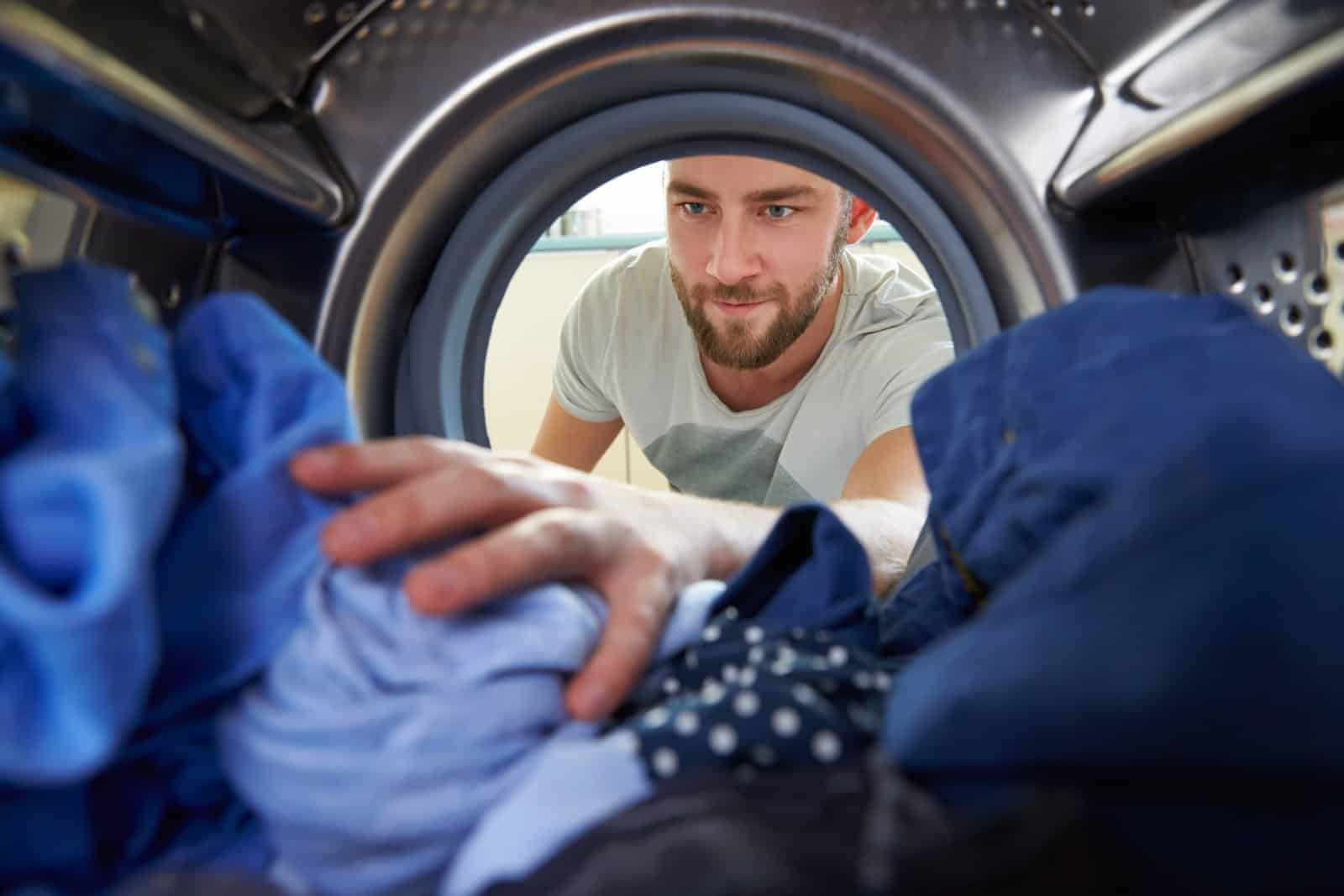
Energy-efficient laundry: Washing clothes in cold water and using high-efficiency appliances can reduce energy consumption.
Identifying Your Home’s Energy Hogs

By taking these steps, you can make sure that you’re not paying for appliances to sit idle and do nothing, and you’ll see a noticeable difference in your electric bill. Start unplugging today and keep more money in your pocket.
Remote No More: 19 Companies Returning to the Office

As the pandemic wanes, companies are recalling remote workers back to the office, sparking debates on fairness, costs, and convenience. However, there are also notable productivity, coworking, and mental health benefits to consider. Feeling the effects of these changes? Remote No More: 19 Companies Returning to the Office
8 Costco Must Buys and 8 to Leave Behind

Ever wandered Costco’s aisles, questioning if that giant jar of pickles is a real bargain? Or debated buying tires where you get your rotisserie chicken? Welcome to the definitive guide to Costco shopping—a journey to save money, prevent regrets, and offer quirky insights into bulk buying. 8 Costco Must Buys and 8 to Leave Behind
23 Reasons Texas Is the Next Big Thing

Texas is becoming a beacon of opportunity, blending cultural heritage with economic growth. From its landscapes to its industries, the Lone Star State offers a dynamic lifestyle. Here are 23 reasons why Texas stands out, attracting entrepreneurs, artists, tech professionals, and families seeking new beginnings. 23 Reasons Texas Is the Next Big Thing
The post The $8 Billion Secret Big Energy Doesn’t Want You to Know first appeared on Career Step Up.
Featured Image Credit: Shutterstock / wavebreakmedia.
The content of this article is for informational purposes only and does not constitute or replace professional financial advice.

